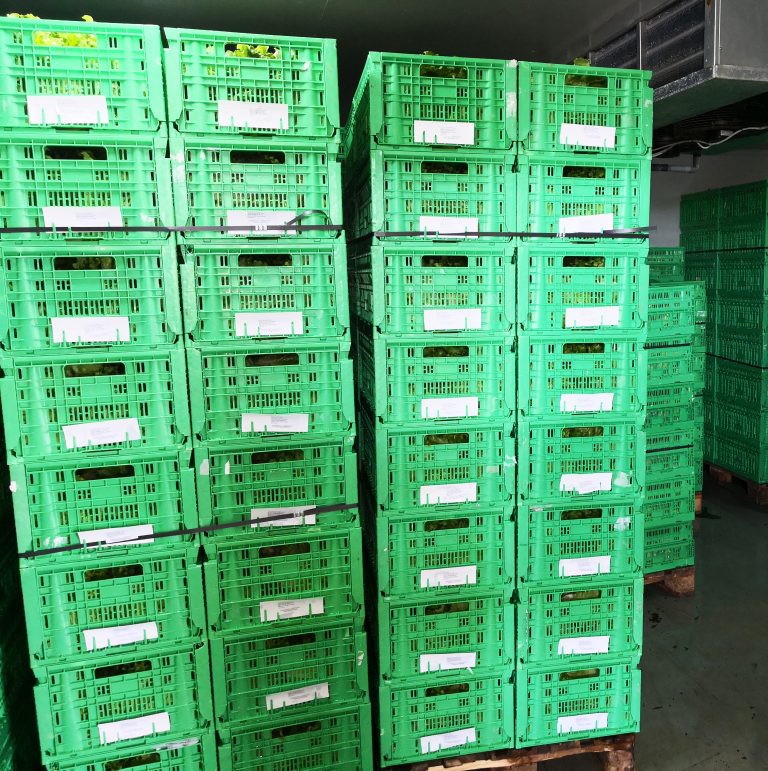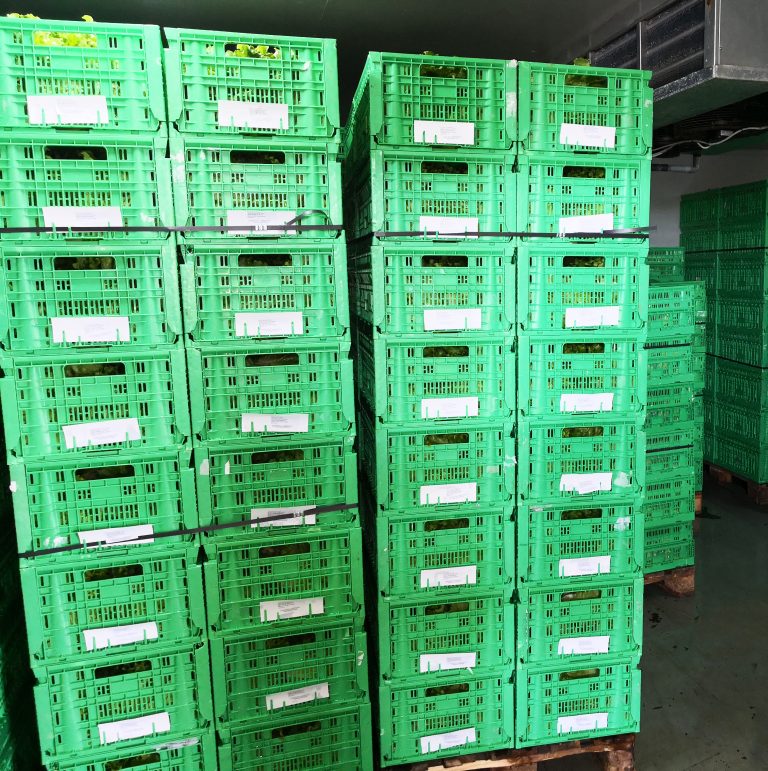The Packaging-Packing of fruits and vegetables
The packaging of fresh fruits and vegetables is one of the most important steps in the long and complicated their journey from producer to consumer. Bags, net bags, plastic and cardboard boxes, cups, trays and trays are appropriate “containers” for the management, transport and marketing of fresh produce. Many hundreds of different types of packaging used for fresh products in Greece and abroad, and the number continues to grow as the industry presents new materials and packaging systems. Although the industry generally agrees that standardization of containers is a way to reduce costs, the trend in recent years for a wide range of packaged products sizes to meet the diverse needs of wholesalers, small shopkeepers, of Super grocery managers Markets and consumers.
Packaging and packaging materials contribute largely to the cost of the fresh produce industry. This is why it is important that packers, carriers, consignees and consumers to understand the range of available packaging options. This article describes some of the types of packaging, including their functionality, uses, and their limitations.
The functionality of the packaging or Why packed fresh products?
A significant proportion of fresh products Recipients’ complaints lies in astocheia packaging containing them, because of their poor quality or their improper selection and use. A properly designed package shall contain, protect and identify fresh fruit or vegetable and satisfy everyone, from producer as the consumer.
POINTS OF INTEREST IN PACKAGING
Variety
The trend is to use large packagings for packers and wholeseller and smaller packages for consumers. There are hundreds of different sizes and types of fresh proioton packaging.
Call to purchase
High quality prints and graphics are increasingly being used to enhance the appearance of the product and to make desired by the consumer. Multicolor printing, bold and logos are now widely used.
Shelf life
Modern packaging for fresh proioton can be specified for each product in order to extend the lifetime and reduce losses.
Recyclability / Biodegradability
A growing number of mainly foreign markets has put restrictions on the disposal of packaging waste. In the near future, almost all packaging of fresh fruit and vegetables will be recyclable or biodegradable, or both. Most of the largest recipients of fresh produce are more sensitive to environmental issues.
Content The “container” should contain the product in a number suitable for administration and delivery. The product should fit well inside the container so that leaves little wasted space. Small products are spherical or oblong (such as apples, pears, citrus fruit, peaches and kiwi) may be suitably packaged using a variety of different shapes and sizes of packages. Despite all this, many products such as asparagus, strawberries, or soft fruit may require containers specially designed for them.
Protection The packaging must protect the product from knocks and poor environmental conditions during processing and distribution. Upon receipt, torn, wrinkled or devastated packages usually indicate lack of care in the management of products. The “containers” should be sufficiently strong to withstand the stresses during packaging, storage and transport to point of sale.

Because almost all fresh products are palettarismena, their containers should have sufficient stacking strength to withstand stresses at low temperatures and high humidity environment. Although the cost of packaging materials has increased in recent years, low quality, Light weight and weak cartridges are easily damaged by handling or moisture are no longer tolerated by packers or buyers / recipients.
The export products require highly resistant packaging. Air Products may require special packaging, pack size and insulation. Exporters should consult the airlines for possible special packaging requirements. Depending must doer and those exported by ship.
Disasters due to inadequate environmental conditions during processing and transportation is one of the main reasons for the rejection of products and dissatisfaction of recipients and consumers. Each fresh fruit and vegetable has its own requirements for temperature, humidity and gas composition of the environment. Containers of fresh produce should be “friendly” to the product, helping to maintain an optimum environment for maximum life. This may require special materials that retard the loss of water from the product, insulating materials to keep away the heat or specially designed plastic bags which maintain a desired mixture of oxygen and carbon dioxide.
Identification
The package must identify and give useful information on the fresh fruit and vegetable. It is usual (and sometimes necessary) to provide information such as product name, trademark, size, grade, variety, net weight, number of pieces, the producer, packer and country of origin. It is also increasingly common to find one in the pack nutritional information, recipes and other useful information directed specifically to the consumer. In consumer marketing, the appearance of the packaged product has also become an important part of the general appearance of outlets.
Barcodes (bar codes) may also be part of the tag. The numbers of the bar codes indicate the packer and give information about the product, such as product type and package size. Though not include any information about the price of the product, the barcodes used more and more by packers, wholesalers, wholesale buyers and retailers as a fast and convenient inventory and audit process. Efficient use of bar codes require the cooperation of all those who handle packaging.

